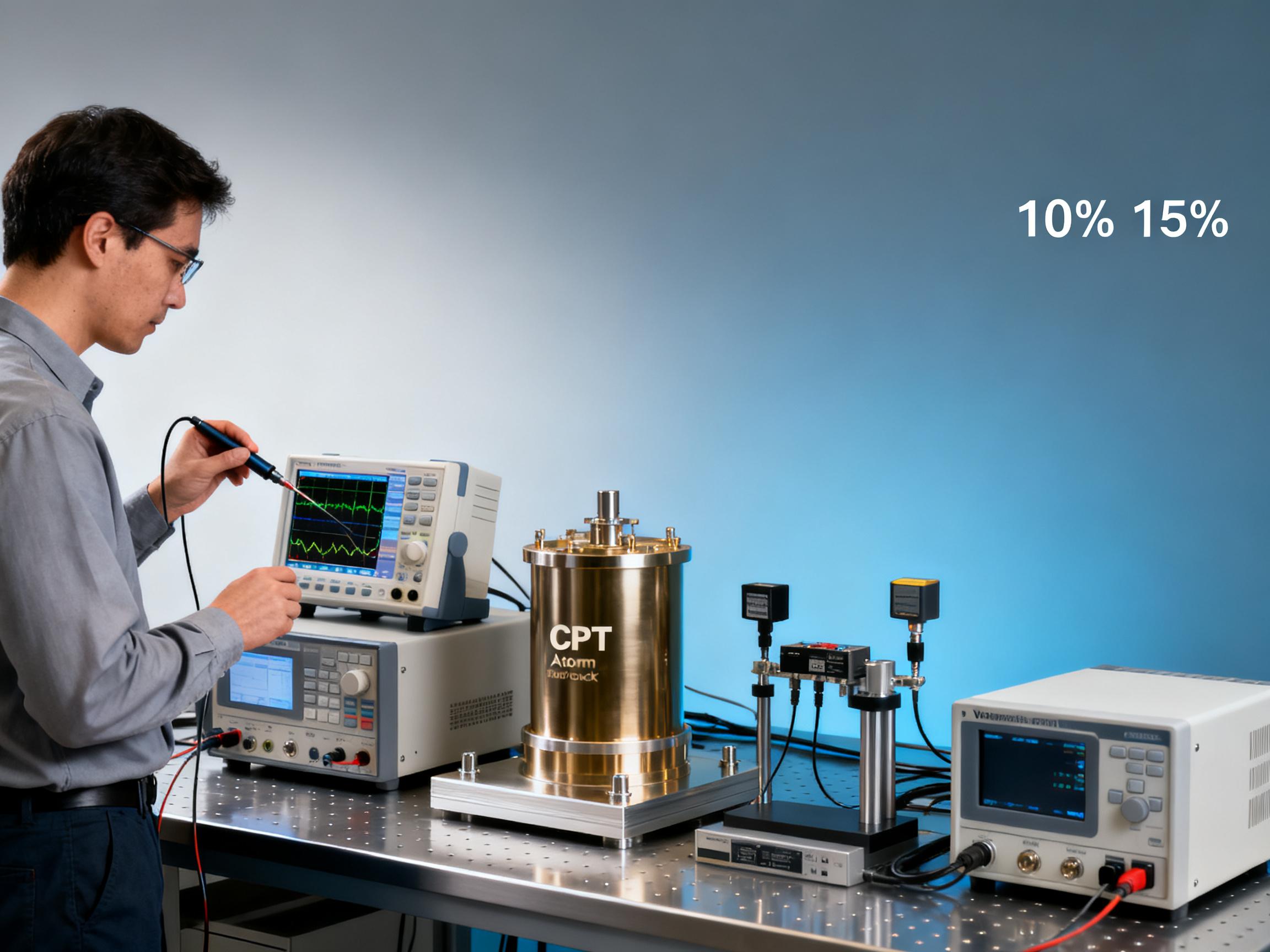RELATED
![How CPT Atomic Clocks Reduce OPEX in 5G Base Stations [Real Data] How CPT Atomic Clocks Reduce OPEX in 5G Base Stations [Real Data]](https://usimg.bjyyb.net/grey.png?x-oss-process=image/resize,m_fixed,w_800,h_600,limit_0) How CPT Atomic Clocks Reduce OPEX in 5G Base Stations [Real Data]2025-12-11
How CPT Atomic Clocks Reduce OPEX in 5G Base Stations [Real Data]2025-12-11 2024 CPT Atomic Clock vs Rubidium: Which Offers Better Stability for Telecom Networks?2025-12-08
2024 CPT Atomic Clock vs Rubidium: Which Offers Better Stability for Telecom Networks?2025-12-08 Live Demo Results: CPT Atomic Clock Performance Under Harsh Environmental Tests (Data Inside)2025-12-05
Live Demo Results: CPT Atomic Clock Performance Under Harsh Environmental Tests (Data Inside)2025-12-05 Budgeting for Precision: Total Cost of Ownership for a Rubidium Atomic Clock Over 5 Years2025-12-03
Budgeting for Precision: Total Cost of Ownership for a Rubidium Atomic Clock Over 5 Years2025-12-03
MESSAGE
Missile-borne power modules are key components for providing power to missile and other ammunition systems. Their main features are as follows:
High Reliability:
Missiles will experience extreme environments such as high impact, vibration, high temperature, and low temperature during launch and flight. The missile-borne power module must be able to work stably under these conditions to ensure reliable power supply for missile-borne equipment such as guidance systems, control systems, and fuses, and to ensure the normal operation of the missile and mission completion.
2. Miniaturization And Lightweight:
Missile internal space and load are limited. The missile-borne power module needs to adopt high-density integration technology, optimize circuit design, and select lightweight materials to reduce volume and weight, so as to improve the maneuverability and performance of the missile.
3. High Power Density:
Sufficient power must be provided within a limited volume and weight to meet the power requirements of various equipment on the missile at different working stages, such as providing high current and high power for boosters at the moment of missile launch.
4. Wide Input Voltage Range:
The input of the missile-borne power supply may come from different power sources such as thermal batteries, and its output voltage will change with factors such as battery discharge, so the missile-borne power module needs to be able to adapt to a wide range of input voltages to ensure stable output.
5. Fast Startup And Dynamic Response:
When the missile is launched, the power module is required to start quickly and output a stable voltage. When the working state of the equipment on the missile changes and the load changes suddenly, the output can also be adjusted quickly to maintain voltage stability and ensure the normal operation of the equipment.
CONTACT US
Please use the form below to get in touch.
If you need a reply we will get in touch as soon as possible.

![How CPT Atomic Clocks Reduce OPEX in 5G Base Stations [Real Data] How CPT Atomic Clocks Reduce OPEX in 5G Base Stations [Real Data]](https://usimg.bjyyb.net/sites/91500/91958/1765179857856560163985903616.jpeg)



